392103
Isobornyl acrylate
technical grade, contains 200 ppm monomethyl ether hydroquinone as inhibitor
Sinónimos:
Acrylic acid isobornyl ester, IBA
About This Item
Productos recomendados
grado
technical grade
Nivel de calidad
formulario
liquid
contiene
200 ppm monomethyl ether hydroquinone as inhibitor
índice de refracción
n20/D 1.476 (lit.)
bp
119-121 °C/15 mmHg (lit.)
densidad
0.986 g/mL at 25 °C (lit.)
cadena SMILES
[H][C@]12CC[C@@](C)([C@@H](C1)OC(=O)C=C)C2(C)C
InChI
1S/C13H20O2/c1-5-11(14)15-10-8-9-6-7-13(10,4)12(9,2)3/h5,9-10H,1,6-8H2,2-4H3/t9-,10-,13+/m0/s1
Clave InChI
PSGCQDPCAWOCSH-OUJBWJOFSA-N
¿Está buscando productos similares? Visita Guía de comparación de productos
Categorías relacionadas
Descripción general
Aplicación
Palabra de señalización
Warning
Frases de peligro
Consejos de prudencia
Clasificaciones de peligro
Aquatic Acute 1 - Aquatic Chronic 1 - Eye Irrit. 2 - Skin Irrit. 2 - Skin Sens. 1A - STOT SE 3
Órganos de actuación
Respiratory system
Código de clase de almacenamiento
10 - Combustible liquids
Clase de riesgo para el agua (WGK)
WGK 2
Punto de inflamabilidad (°F)
219.2 °F - closed cup
Punto de inflamabilidad (°C)
104 °C - closed cup
Equipo de protección personal
Eyeshields, Faceshields, Gloves, type ABEK (EN14387) respirator filter
Elija entre una de las versiones más recientes:
¿Ya tiene este producto?
Encuentre la documentación para los productos que ha comprado recientemente en la Biblioteca de documentos.
Los clientes también vieron
Nuestro equipo de científicos tiene experiencia en todas las áreas de investigación: Ciencias de la vida, Ciencia de los materiales, Síntesis química, Cromatografía, Analítica y muchas otras.
Póngase en contacto con el Servicio técnico

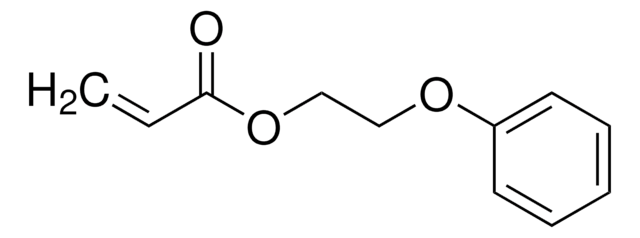

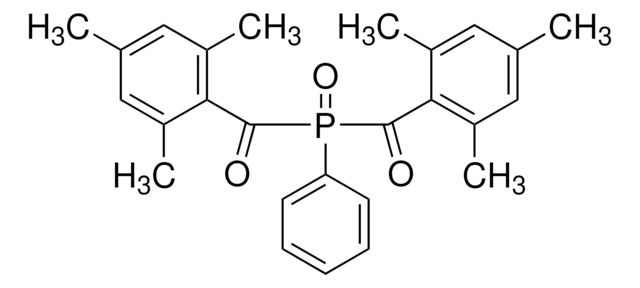
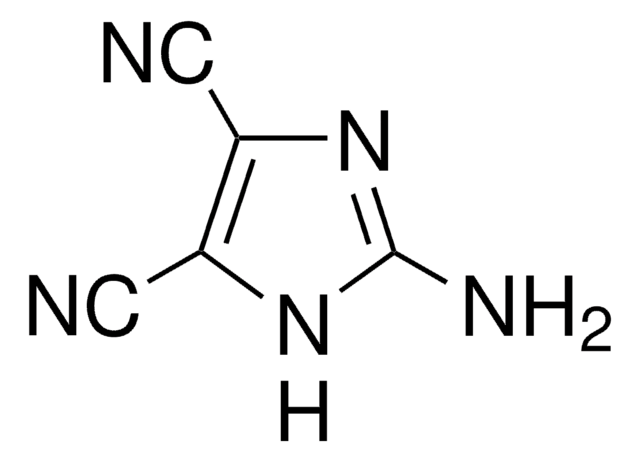
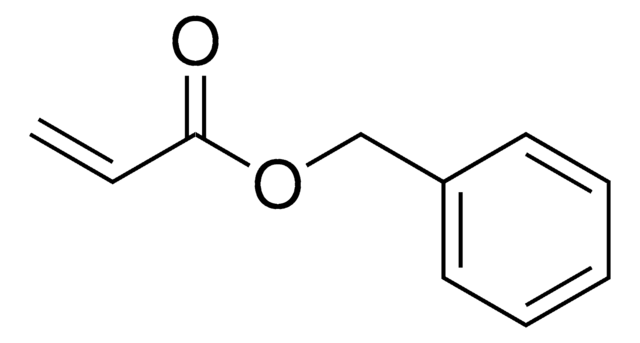

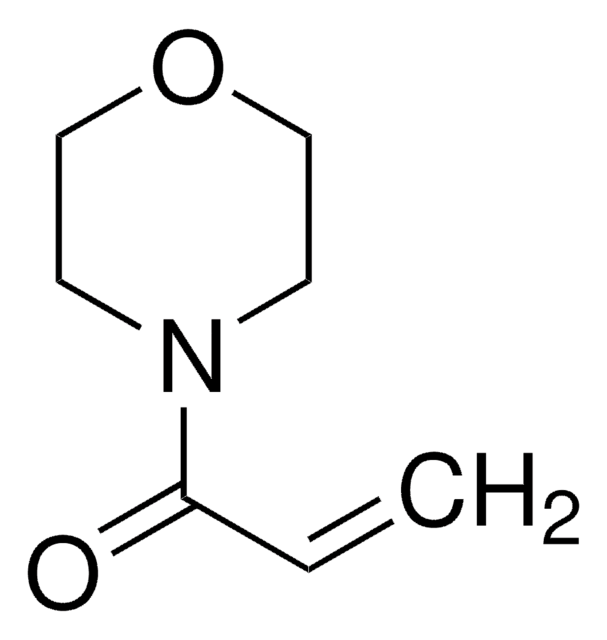
![Tricyclo[5.2.1.02,6]decanedimethanol diacrylate](/deepweb/assets/sigmaaldrich/product/structures/327/536/0dc81542-b920-47ec-99c1-d064a327a315/640/0dc81542-b920-47ec-99c1-d064a327a315.png)



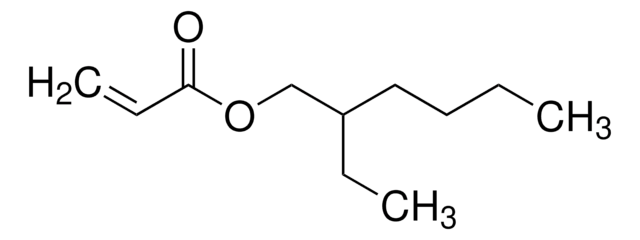
![2-[[(Butylamino)carbonyl]oxy]ethyl acrylate](/deepweb/assets/sigmaaldrich/product/structures/603/008/4241c20d-94e8-474e-b3ff-6c4d5be67e9d/640/4241c20d-94e8-474e-b3ff-6c4d5be67e9d.png)